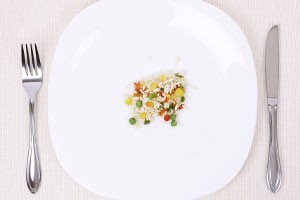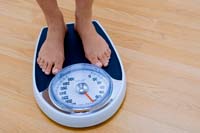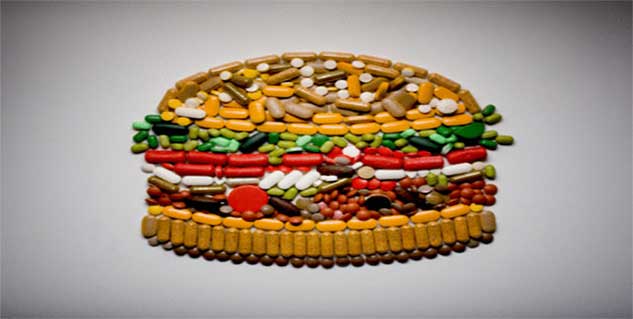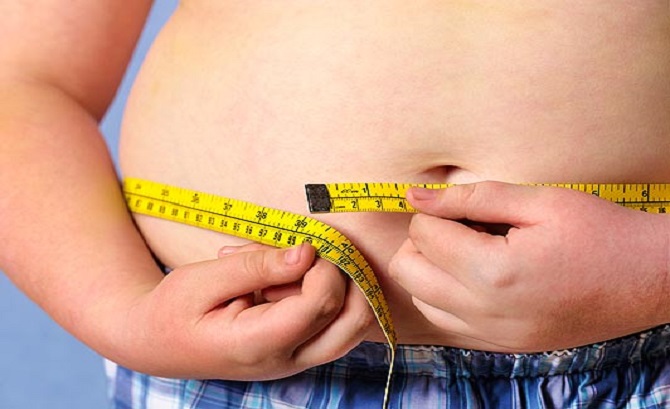7 Useful Tips to Help Reduce the Fat Contents in Your Favorite Meals
It's easier to keep track of the amount of fats you eat; if you understand which foods are naturally high in fat. It's also easier to figure out pleasant and acceptable changes in your eating habits when you know something about how fats function in your favorite foods.
Below are some background information that will help you in planning meals and adapting your favorite recipes so they have a lower fat content.
Your ultimate aim is to balance your intake of higher-fat foods with those that are lower in fat. Creamy soups, meat, and dessert can still be part of your life. You'll just learn how to trade off a high-fat food for a low-fat one.
1. Fats in cooking - Fats give food flavor and texture, and are especially important in baked products. Eating would be depressing without fats, but they can be reduced; it only takes some experimentation.
Start by reducing the amount called for in a recipe by one third; if that works, you might want to consider cutting down further and see if the result is still acceptable, and so on. Use non-stick pans wherever possible.
2. Meats - One of the good sources of fat is meat. Even after all visible fat is trimmed from the meat you eat, a substantial portion still remains, running through the flesh.
If you crave beef, consider some of the leanest cuts like "select" grade eye of round, top round, the tenderloin, and sirloin.
However, remember that even closely trimmed meat is a high-fat item. And if it's not well trimmed and you eat it 3-4 times a week, you simply cannot manage a low-fat diet!
It's manageable if you eat meat once or twice a week and you change the nature of the meat you eat.
3. Poultry - This, along with fish, is the lowest in fat of our usual main-course foods. Chicken, though relatively high in cholesterol, is relatively low in the amount of fat calories it contains - 18-20 percent in a skinless breast, 47 percent in dark meat.
The skin doubles the fat content, because most of the fat is in and just under the skin. Don't eat it. Some people even remove it before cooking, since a good deal of the fat is absorbed through the flesh as it cooks.
4. Fish and Shellfish - Most fish and shellfish are relatively low in both fat and cholesterol, in comparison with meat. The cholesterol content of most shellfish is lower than that of canned tuna or broiled chicken breast.
While you should monitor the quantities of fatty fin food like mackerel and sword fish, you should also make a combined effort to include them in your diet because of the protective omega-3s they supply.
Try to plan at least two fish or shellfish meals a week. Shrimp, especially, modifies itself to delightful low-fat preparation methods. Watch amount and keep track of the cholesterol content; 300 milligrams daily is the recommended limit.
5. Eggs - These are second only to meat as a cholesterol source, and most dietary guidelines limit them to two or three a week. Eggs still need to be limited and traded off, especially since they are such a necessary in cooking; more of them are hidden in foods that you don't realize.
Egg yolks work to stabilize, bind, and moisturize, and in certain recipes it's hard to cook without them. Cutting out egg yolks can make some baked goods and other dishes dry and tasteless. In recipes calling for more than one egg, try using one whole egg and two whites for two eggs.
6. Dairy products - These and cheese are another major source of fat in our diet. Since they are considered an important source of calcium, however, when cutting down, you will still want to use them in low-fat versions.
7. Fats and oils - All fats and oils used in cooking, regardless of source, contain the same number of fat grams. Thus a tablespoon of butter has exactly the same number of fat grams as one of margarine. The difference are the degree of saturation.
All fat, saturated or not, provide 9 calories per gram of fat. Every time you use 1 tablespoon of any oil you use 13.6 grams of fat, the equivalent of 120 calories.
Finally, remember that adding or subtracting one food element does not "fix" all the problems implied in high-fat intake and, often disguises the problem by giving you the idea of "I'm doing something healthy". It's far better to make a fat gram allowance for yourself and "spend" it in a healthful way that satisfies you.
-
Hoodia Cactus
Most of the journalists used the name, the African Hoodia Cactus when
-
Tricks On How To Look More Than Five Pounds Lighter
If you want to lose your flab permanently, you need to be patient b
-
The Details of the Truth About Abs
Truth About Abs is a revolutionary program that goes against all st
-
How to Gain Muscle Mass
Nowadays, technology has taken us to different level. There have be
-
Is Your Favorite Coffee Drink Making You Gain Weight?
There is no shortage of coffee houses in the U.S. Whether you live
-
4 Ways To Really Stick To Your Diet
(BlackDoctor.org) – Many of you who started January zea
- DON'T MISS
- Losing Those Stubborn Hard To Lose Pounds
- Motivational Tips: grocery List For Weight Loss
- 11 Ways to Lose Weight
- Can Improper Clothing Lead To Cellulite?
- This is It! How to Get Perfect Abs
- Diet plan program – you should overcome these widespread errors when you shed weight
- Reasons to Lose Weight
- 6 Body-Weight Exercises For Strong & Toned Legs
- Weight Loss Begins From The Neck Up In Your Mind How To Think Like A Naturally Thin Person
- Losing Weight Through Cleanse System




